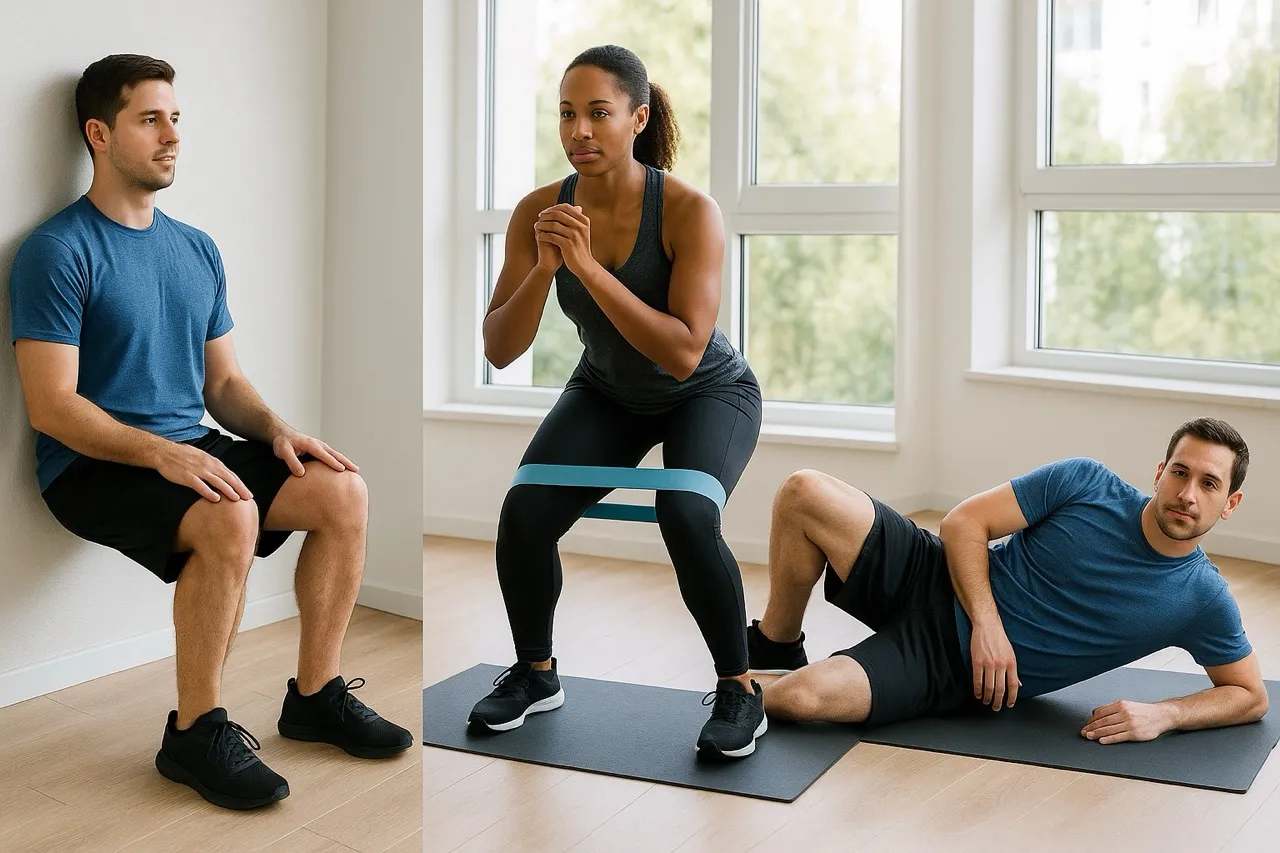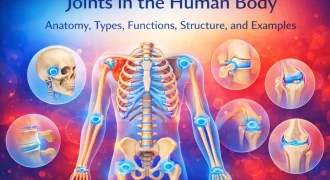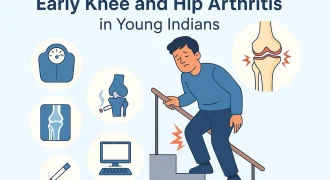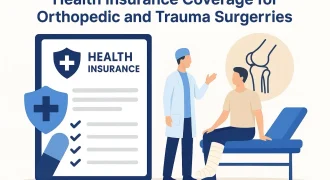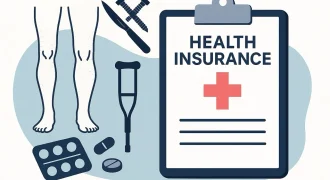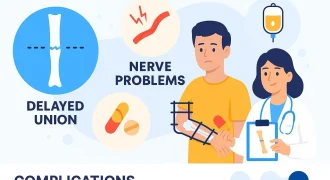Bow legs (genu varum) can impact daily mobility and cause discomfort if not properly managed. While physical therapy and, in some cases, surgery are often necessary for correction, specific exercises play a crucial role in supporting treatment and speeding up recovery. Whether you are undergoing conservative management or post-surgical rehabilitation, these best exercises for bow leg treatment, strengthening muscles, improving joint function, and promoting better alignment.
If you reside in Mumbai or nearby areas, incorporating the right exercises under expert guidance – such as from Dr. Divya Ahuja’s clinics – can optimise your bow leg treatment outcomes.
Why Are Exercises Important in Bow Leg Treatment?
Exercises help to:
- Strengthen muscles that support the legs and knees
- Improve joint stability and flexibility
- Correct abnormal gait patterns
- Reduce pain and prevent progression of deformities
- Aid recovery after surgical correction, like Ilizarov surgery
When combined with professional treatment, targeted exercises improve long-term functional outcomes and quality of life.
Top Exercises to Support Bow Leg Treatment and Recovery
Below are carefully selected exercises with proven benefits:
1. Hip Abductor Strengthening

- Purpose: Strengthens outer thigh muscles (gluteus medius), crucial for stabilising the hips and knees.
- Exercise: Side-lying leg lifts
- How to do it: Lie on one side, lift the top leg straight up slowly, hold for 3 seconds, then lower. Perform 3 sets of 10-15 reps per side.
2. Quadriceps Strengthening
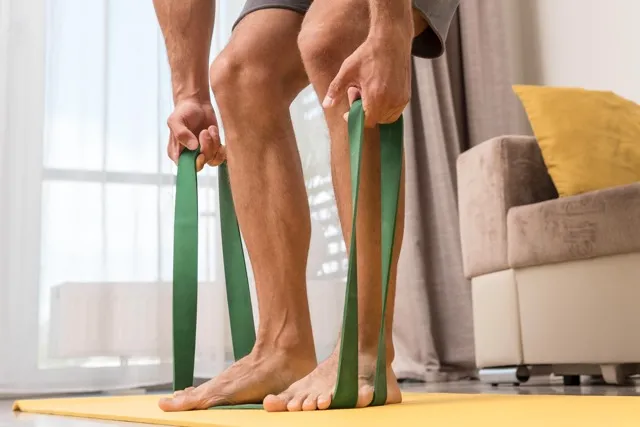
- Purpose: Builds the muscles at the front of the thighs to support the knee joint.
- Exercise: Straight leg raises
- How to do it: Lie flat, with one leg bent and the other straight. Lift the straight leg to knee height and hold for 5 seconds. Perform 3 sets of 10-15 reps.
3. Hamstring and Calf Stretches
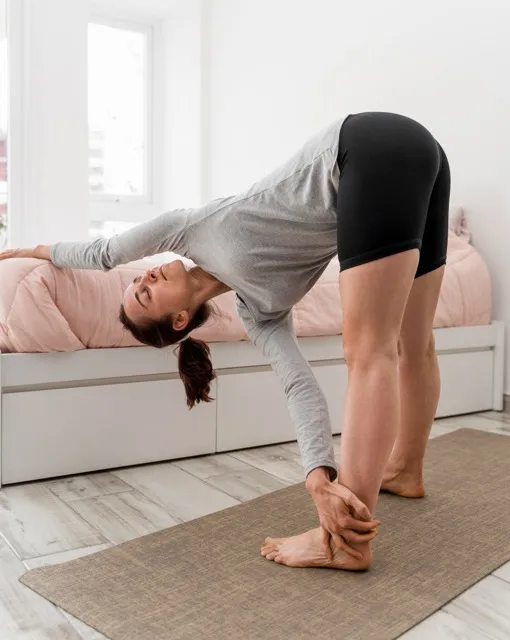
- Purpose: Increases flexibility to reduce strain on joints and muscles.
- Exercise: Standing hamstring stretch and calf stretch using a wall or step.
- How to do it: Hold each stretch for 20-30 seconds and repeat 3 times for each leg.
4. Glute Activation
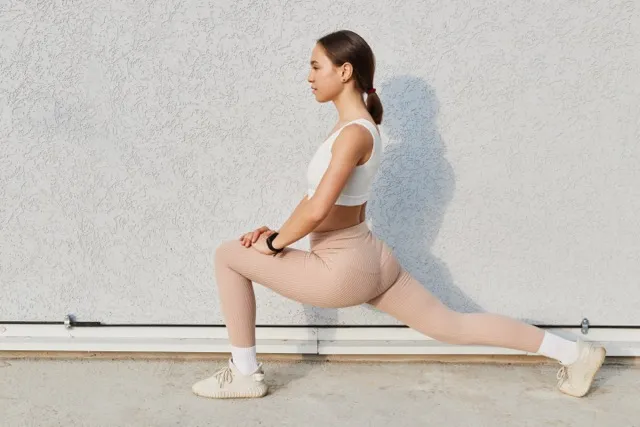
- Purpose: Activates and strengthens the glute muscles to aid lower limb alignment.
- Exercise: Bridges
- How to do it: Lie on your back with knees bent and feet flat. Lift hips upward to form a straight line from shoulders to knees, hold for 5 seconds, and lower. Perform 3 sets of 10 reps.
5. Balance and Proprioception Drills
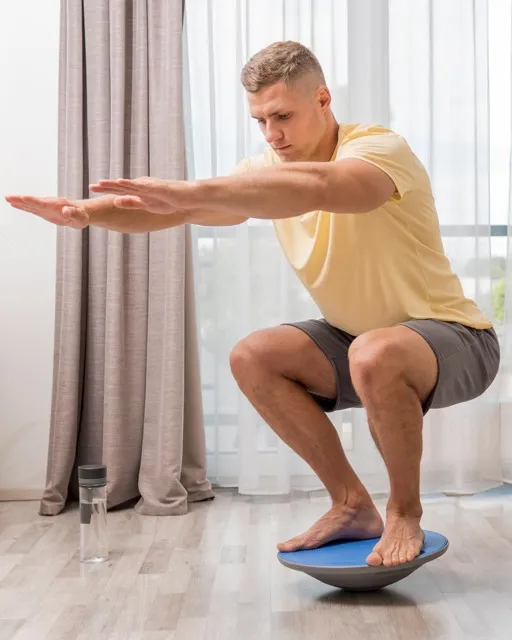
- Purpose: Improves stability and coordination to support a healthy gait.
- Exercise: Single-leg stands
- How to do it: Stand on one leg for 30 seconds to 1 minute. Use support initially if needed. Repeat 3 times per leg.
Guidelines for Safe and Effective Exercise
- Always start with a warm-up to increase blood flow and prevent injury.
- Perform exercises slowly with control, focusing on form and breathing.
- Increase intensity gradually based on comfort and progress.
- Consult your physical therapist or orthopaedic specialist before starting any new exercise routine.
- Regularity is key—aim for daily or every-other-day sessions.
Post-Surgery Recovery Exercises
After surgical correction, such as Ilizarov surgery, your recovery will include:
- Gentle range-of-motion exercises to prevent stiffness
- Gradual strengthening based on healing stages
- Supervised physical therapy sessions for safe and effective rehabilitation
Dr. Divya Ahuja’s clinics in Mumbai provide personalised rehabilitation protocols to ensure optimal recovery.
Why Choose Expert Guidance for Bow Leg Exercise?
Correct exercise technique and progression tailored to your specific condition maximise benefits and minimise risks. In Mumbai, Dr. Divya Ahuja offers comprehensive consultations and treatments that combine physical therapy and surgical expertise to address complex bow leg cases holistically.
Conclusion
Incorporating targeted exercises into your bow leg treatment plan strengthens muscles, enhances joint function, and supports better alignment—whether used alone in mild cases or in conjunction with surgery. Consistency, proper technique, and expert guidance from specialists like Dr. Divya Ahuja in Mumbai are key to successful treatment and faster recovery.
Start your exercise journey today to establish a healthier, more stable foundation for your legs and enhance your overall quality of life.
Book a Consultation
Our Clinical Locations
Tap a location to view timings, contact, and map.
Broadway Healthcare, Dadar East
Broadway Healthcare, Dadar East
Clinic Info
- 📍 Broadway Healthcare, Dadar East, Mumbai
- 🕒 Wednesdays · 10:00 AM – 12:00 NOON
- 📞 Appointments: +91 93213 17227
Sweet Clinics, Vashi, Navi Mumbai
Sweet Clinics, Vashi, Navi Mumbai
Clinic Info
- 📍 Sweet Clinics, Vashi, Navi Mumbai
- 🕒 Fridays · 10:00 AM – 12:00 NOON
- 📞 Appointments: +91 93213 17227
Heal Well Speciality Clinic, Thane West
Heal Well Speciality Clinic, Thane West
Clinic & OPD Info
- 📍 Heal Well Speciality Clinic, Thane West
- 🕒 Every Wednesday 10:00 AM – 11:00 AM
- 📞 Appointments: +91 81691 04438
Mangal Anand Hospital, Chembur Mumbai
Mangal Anand Hospital, Chembur Mumbai
Clinic & OPD Info
- 📍 Mangal Anand Hospital, Chembur Mumbai
- 🕒 Monday, Wednesday, Friday 03-07 PM, Thursday 06-07 PM, Free OPD Saturday 02-04 PM
- 📞 Appointments: +91 70212 18182
SRV Hospitals, Tilaknagar, Chembur
SRV Hospitals, Tilaknagar, Chembur
Clinic Info
- 📍 SRV Hospitals, Tilaknagar, Chembur
- 🕒 Monday, Wednesday, Friday 11 AM-12 PM
- 📞 Appointments: +91 84518 00800
FAQs
What are the best exercises to support bow leg recovery?
Hip abductor strengthening, quadriceps strengthening, hamstring and calf stretches, glute bridges, and balance drills are most effective to improve muscle strength, flexibility, and stability around the knees.
How soon after surgery can I start exercising?
Depending on your surgery type and healing, gentle range-of-motion exercises often begin within days, progressing to strengthening exercises under professional supervision.
Can exercises correct bow legs on their own?
Exercises improve muscle balance and joint function, but cannot fully correct bone deformities. Mild or functional cases benefit most; structural bow legs often need surgery.
How frequently should bow leg exercises be done for the best results?
Daily or alternate-day exercise routines, with 3 sets of 10-15 repetitions per exercise, help build strength and support recovery.
Do these exercises help relieve pain related to bow legs?
Yes, strengthening and stretching exercises reduce abnormal stresses on joints and muscles, alleviating pain and improving function.
What precautions should I take when exercising for bow legs?
Perform exercises with proper form to avoid injury, progressing gradually. Consult a physical therapist to ensure safety and effectiveness.
Are children with bowed legs advised to perform these exercises?
Yes, exercises enhance muscle strength and coordination, assisting natural correction and preventing complications during growth.
Should braces or orthotics be used alongside exercises?
In children, especially, braces and orthotics complement exercises by supporting correct alignment during treatment.
How does physical therapy guide exercise routines for bow leg recovery?
Physical therapy tailors exercise programs, ensures correct technique, and adjusts intensity for safe, effective rehabilitation.
Where in Mumbai can I get expert guidance for bow leg exercises and recovery?
Dr. Divya Ahuja’s clinics in Thane West, Dadar East, Vashi, and Chembur offer specialized physical therapy and rehabilitation for bow leg treatment and post-surgical recovery.
